(image: the recently discovered golden asteroid, worth $700 quintillion)
THE GREAT OBJECTION AND ITS CONFUTATION
— Why we cannot solve any problems on Earth before going to space —
The original version of this article was written in 2009, and reviewed by the author in May 2020
(from the old Technologies of the Frontier www.tdf.it website)
- Before going to space, should we solve the problems here, on Earth?
- The need for growth
- The management of scarce resources is possible only by despotic regimes
- The only way is space industrialization

Before going to space, should we solve the problems here, on Earth?
Whenever we speak about human presence in space to a general audience, and quite often when we talk with specialists as well, we have to hear the Great Objection: ”Before going to space, we have to solve our problems here, on the Earth”.
As soon as we reason about it we understand that the Objection is in fact a general dialectic scheme, which consists in changing the topic, pretending that the alternative is more important and urgent and so avoiding to reply to what the speaker has said. In short, it is a sort of quite-another-ism: “The problem is quite another, the cause is quite another…”.
But the Objection is Great, because too many people use it and take it for good, therefore we must face it at once and make people understand that the truth is exactly the opposite: if we don’t go to space and we don’t do it quickly, we are destined to a bad future here on the Earth. The reason is that the Earth has a finite size, to live all well we need economic growth and already now its resources are not enough, then we have to look for resources elsewhere – that is in the immense universe out there!
Continue reading →
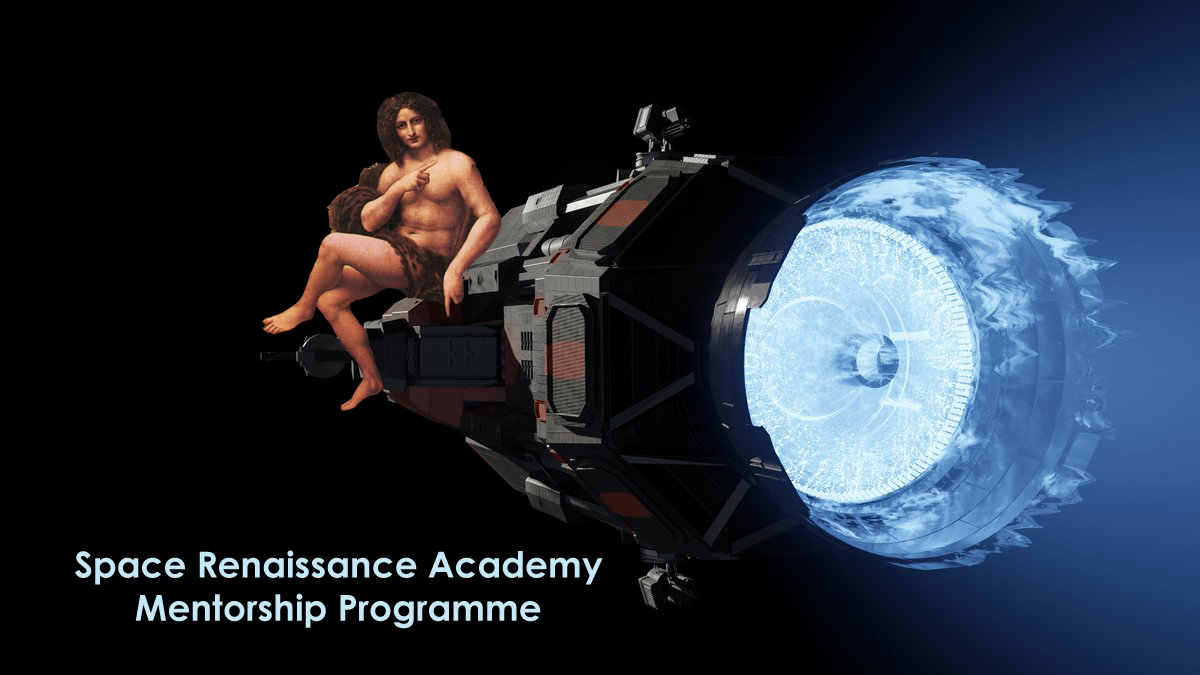
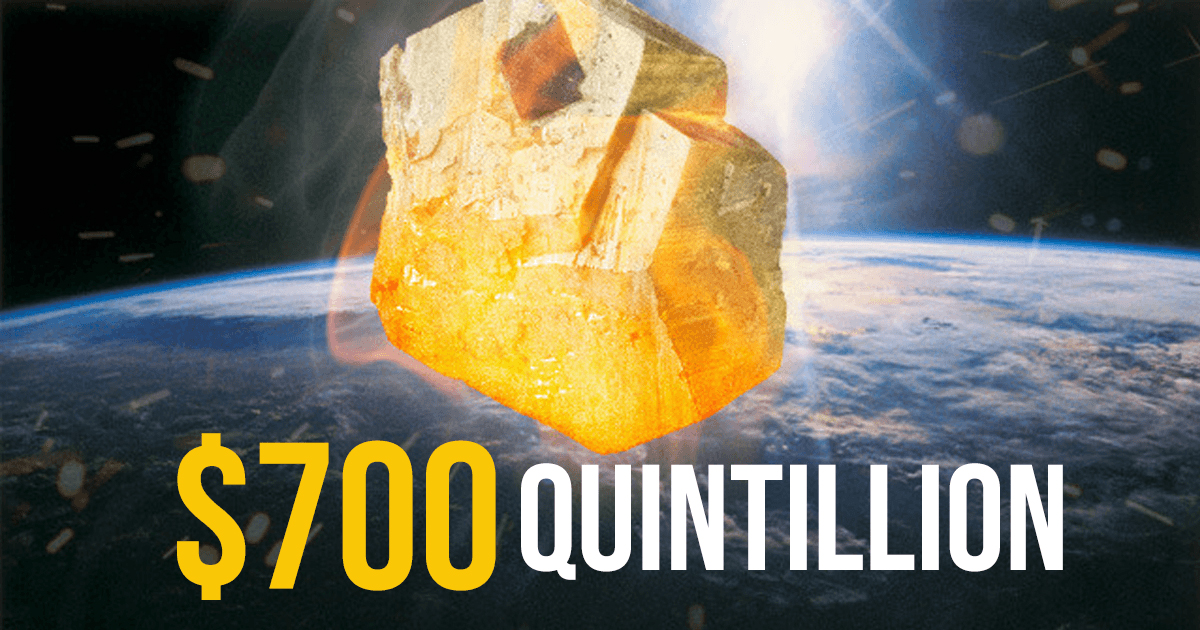

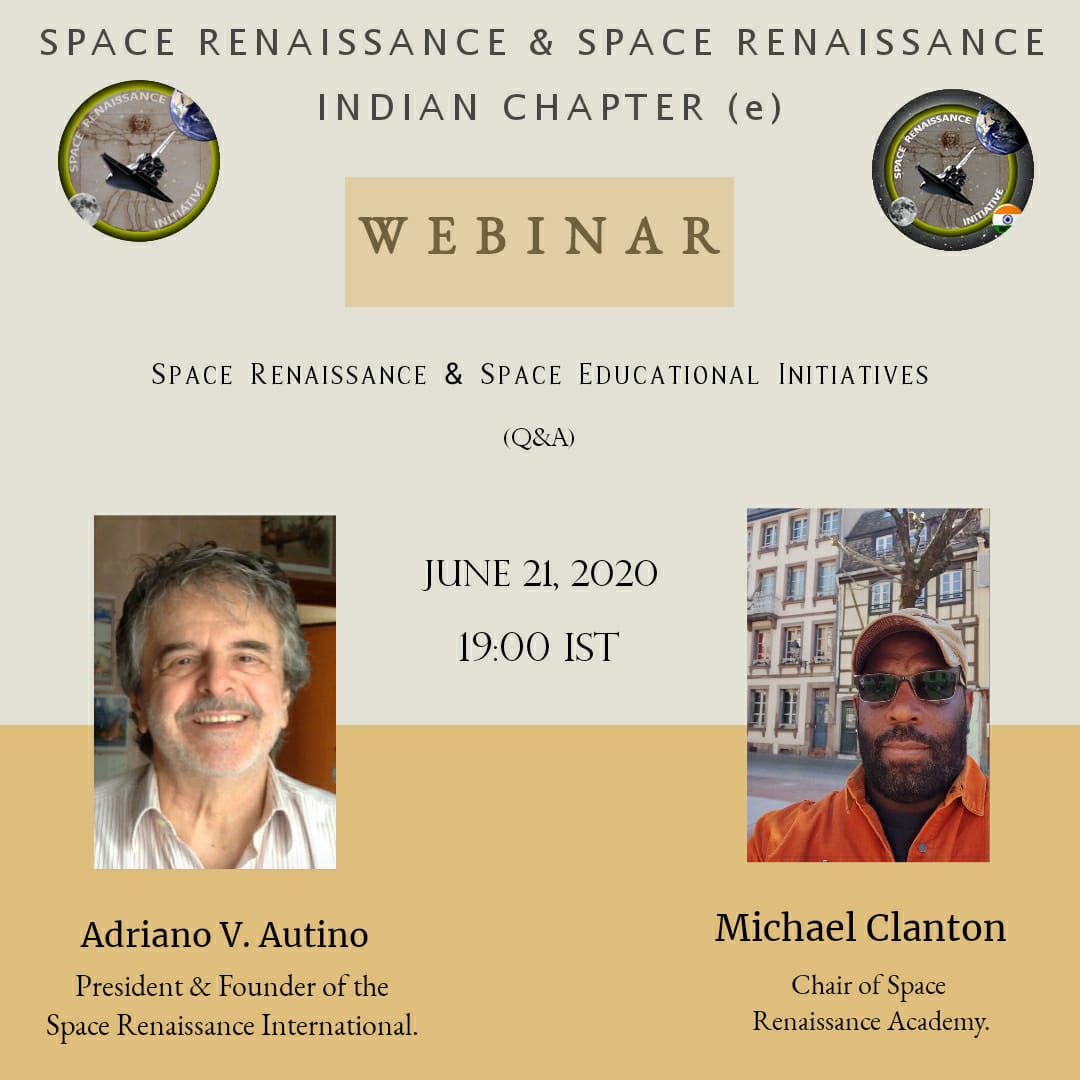
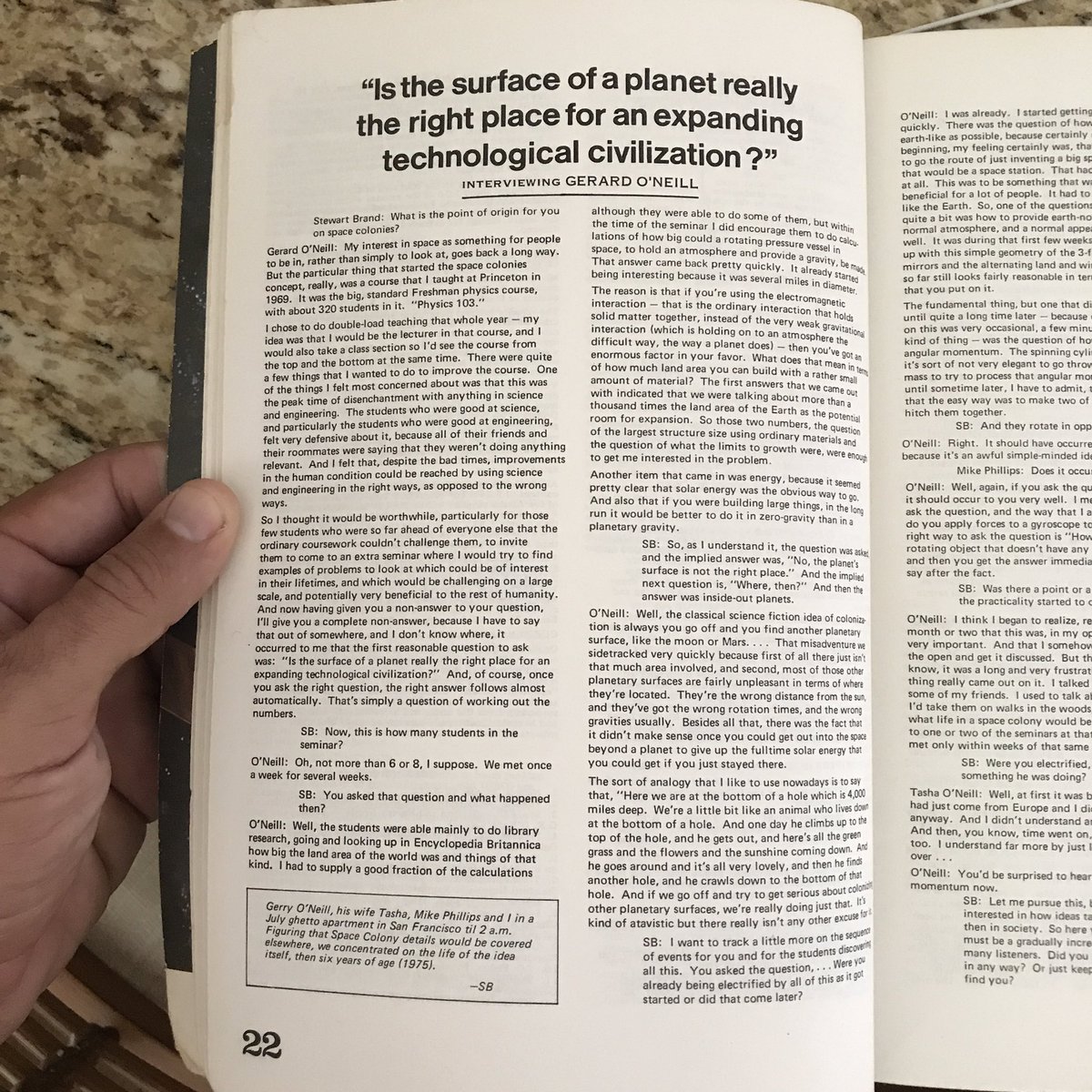
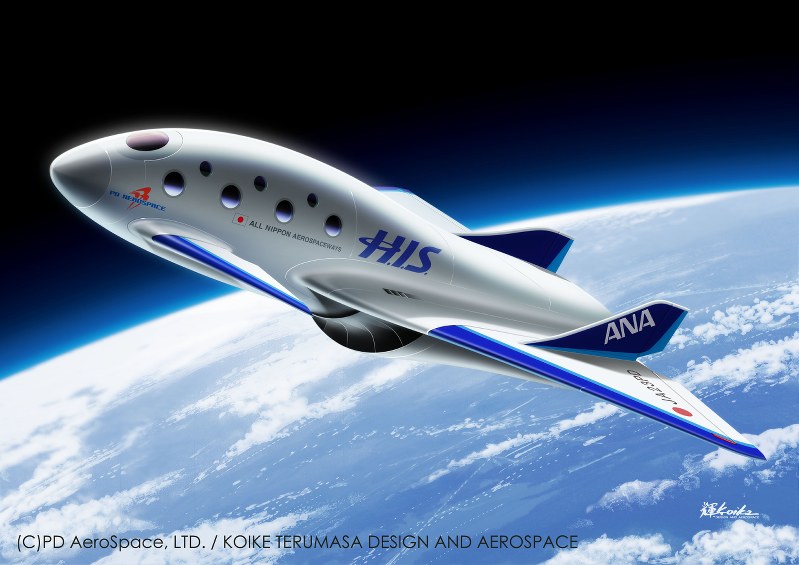

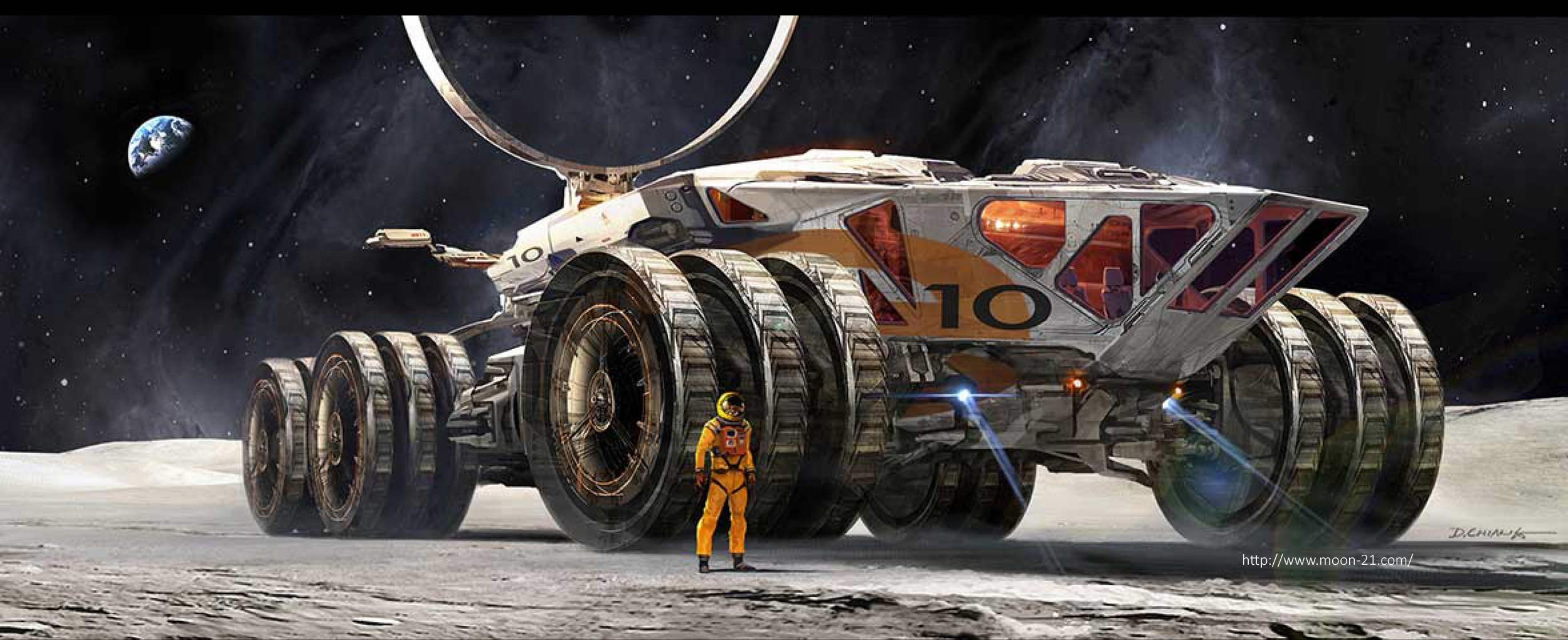



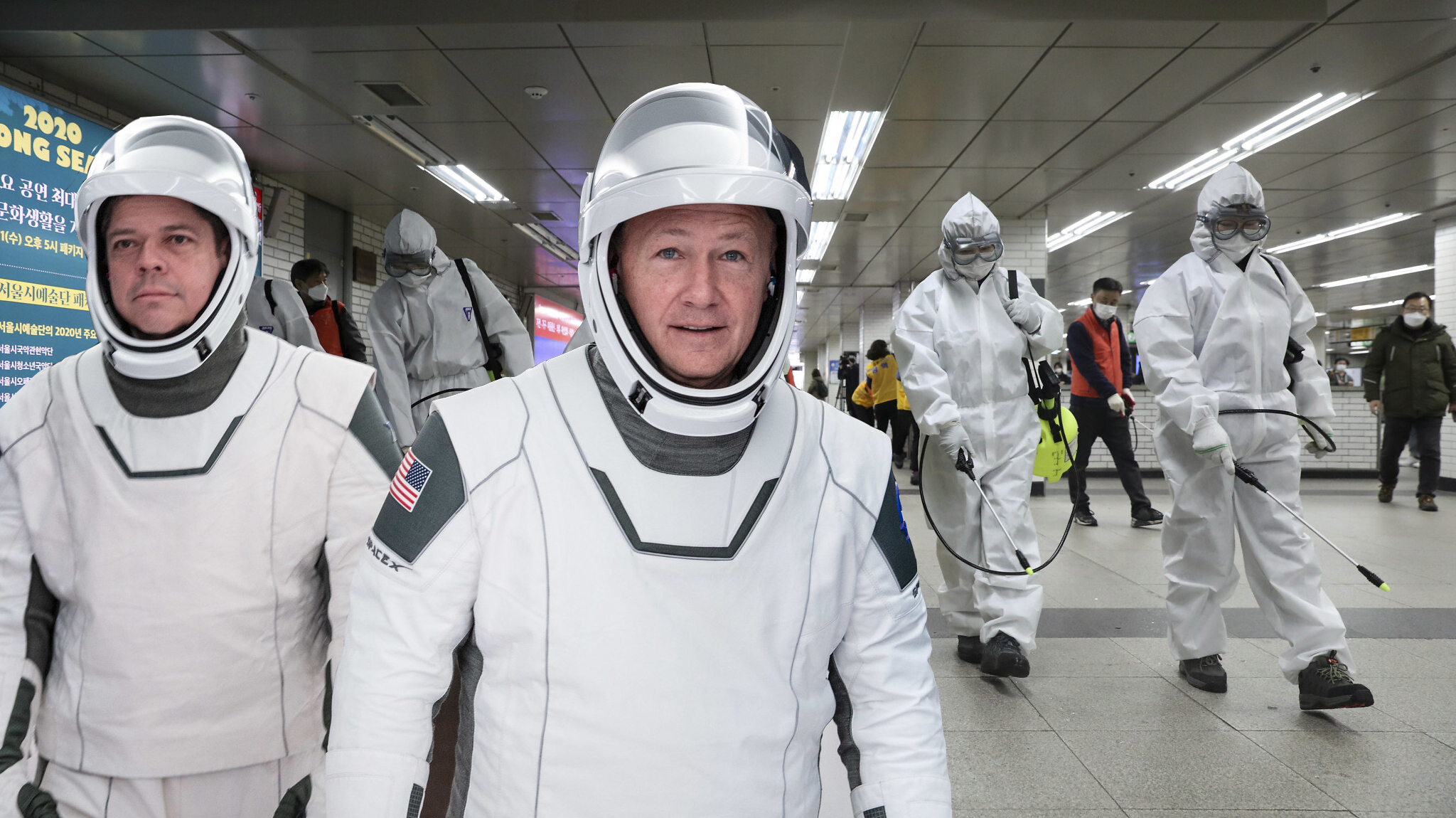

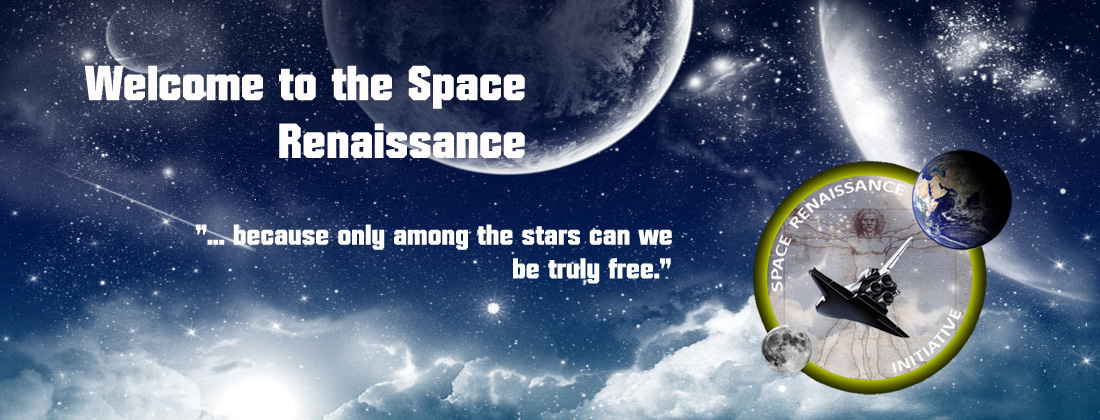



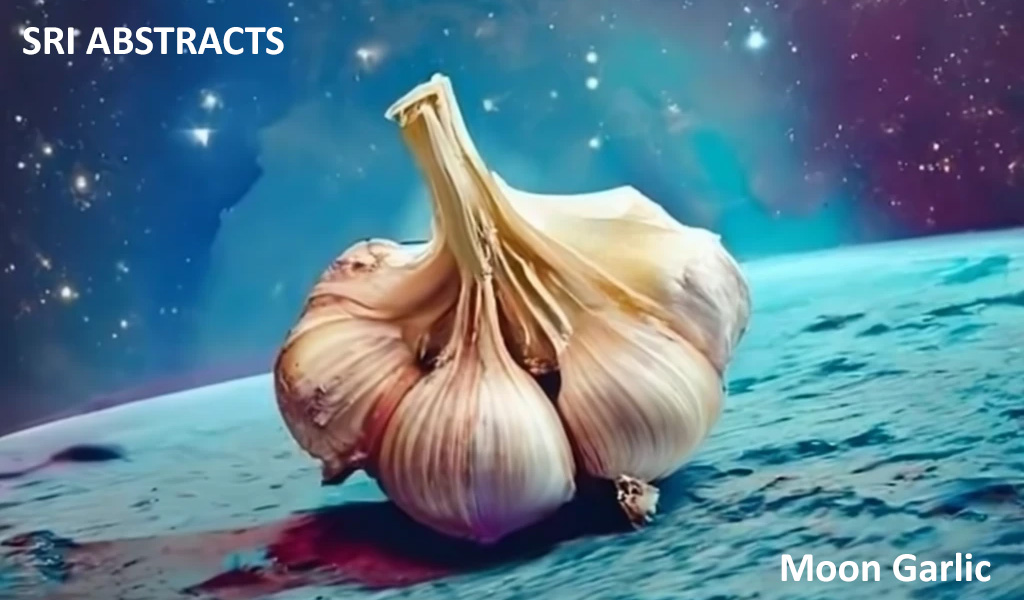



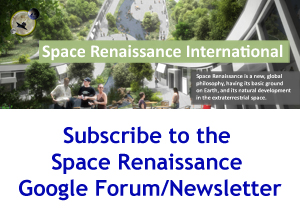
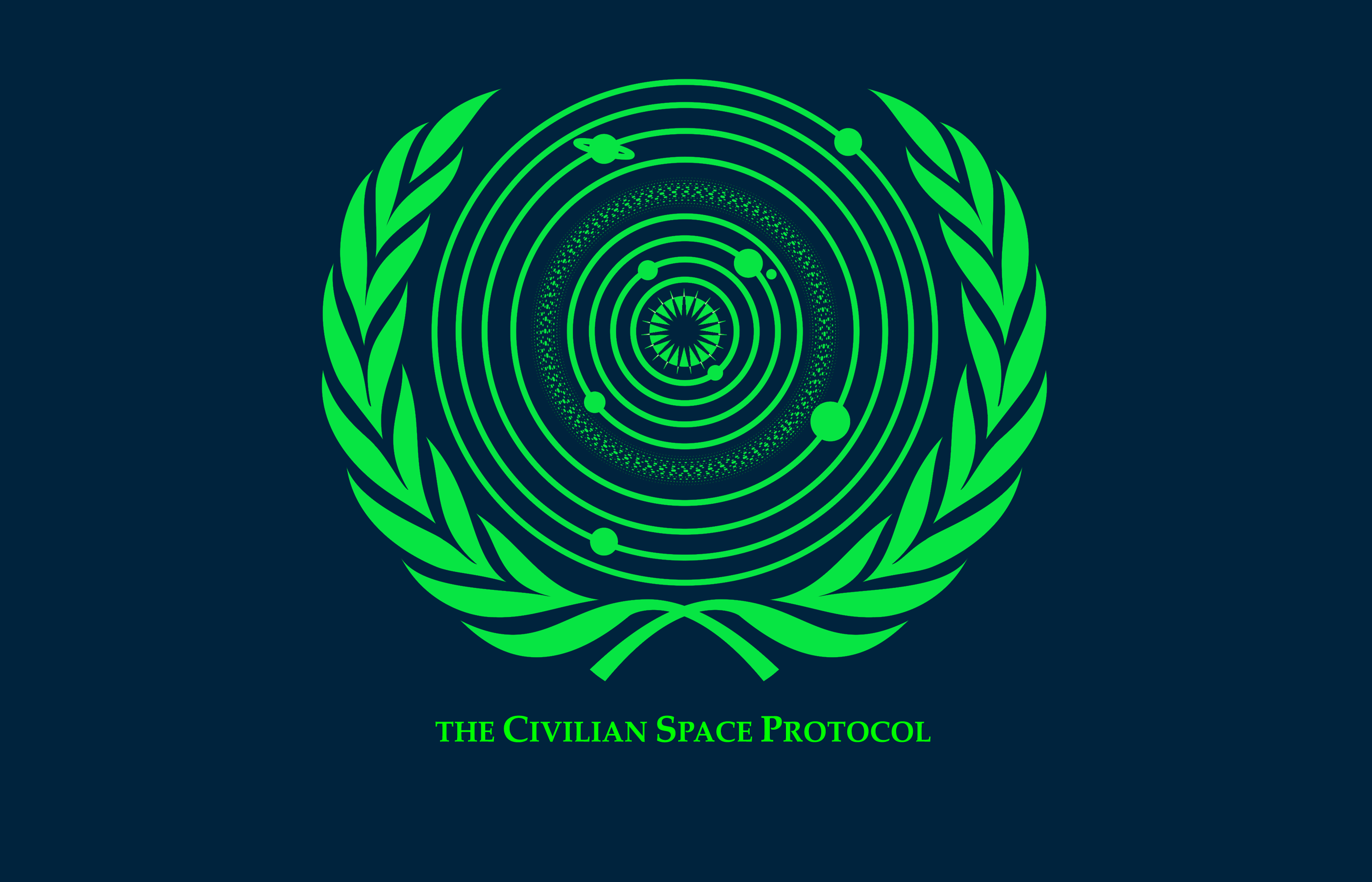
 Space Renaissance France (French Chapter of SRI)
Space Renaissance France (French Chapter of SRI)  Space Renaissance USA, Inc. (USA Chapter of SRI)
Space Renaissance USA, Inc. (USA Chapter of SRI) Space Renaissance (Italian Chapter of SRI)
Space Renaissance (Italian Chapter of SRI) Space Renaissance Academy
Space Renaissance Academy Space Renaissance Initiative Group
Space Renaissance Initiative Group